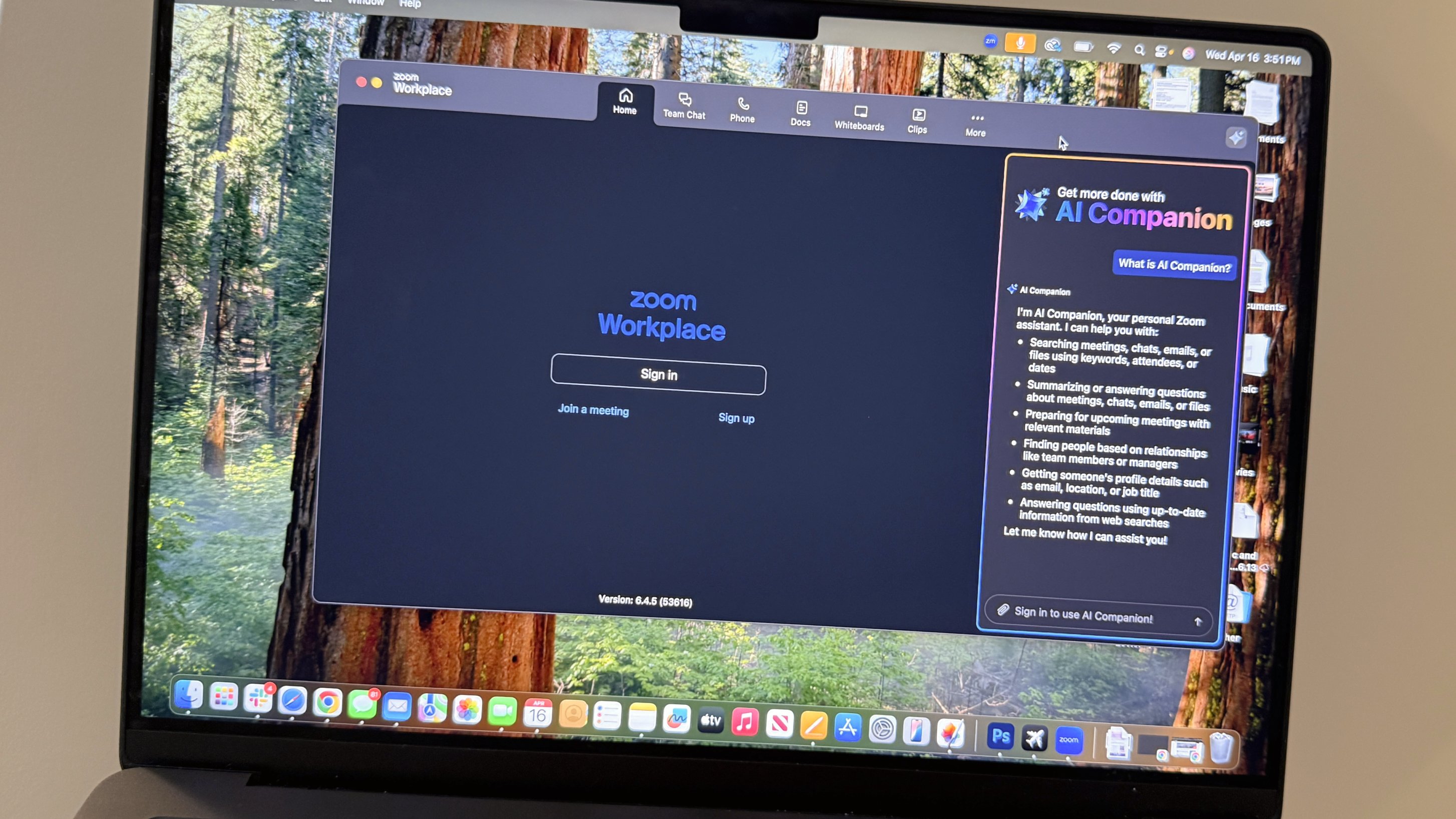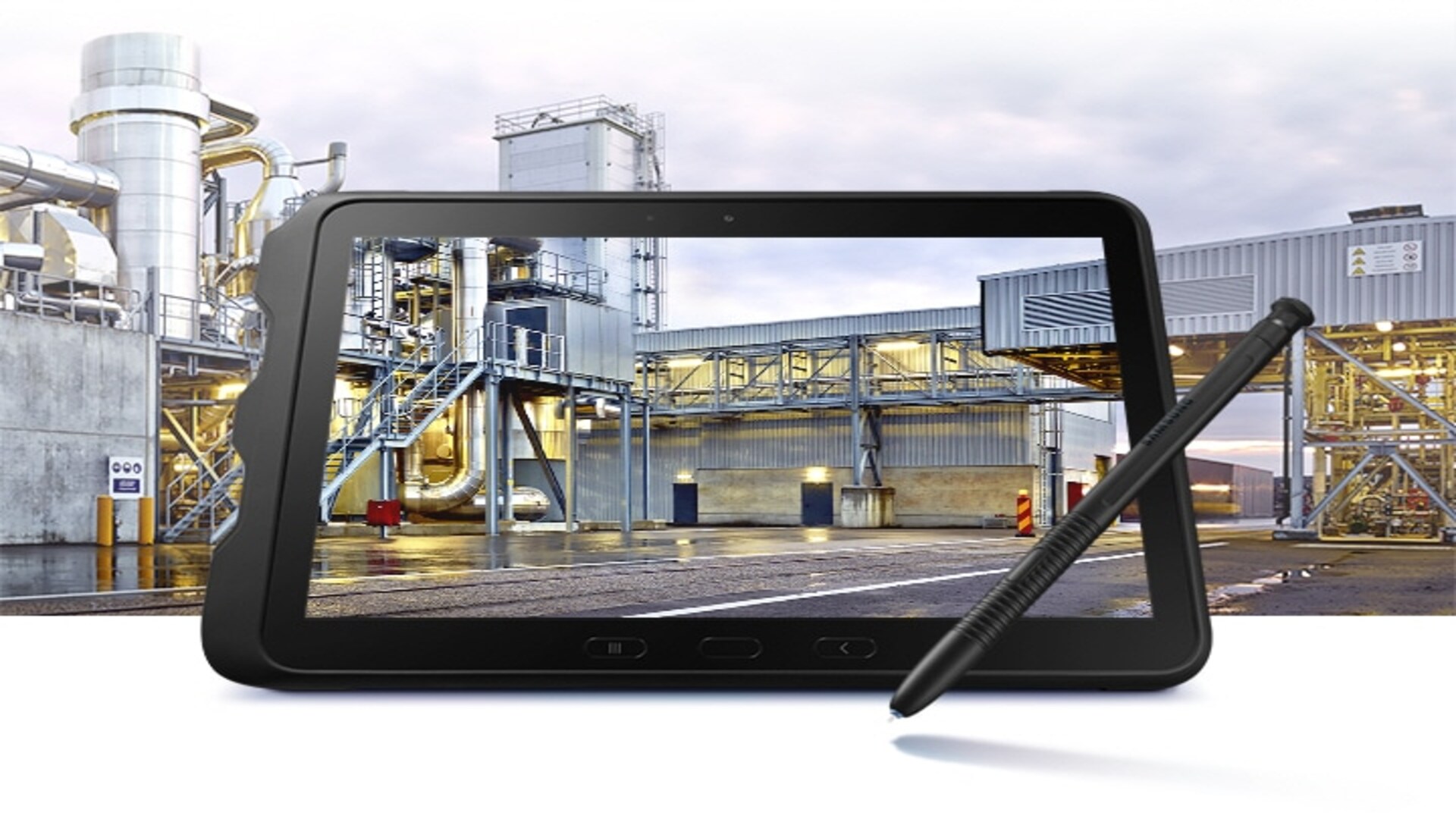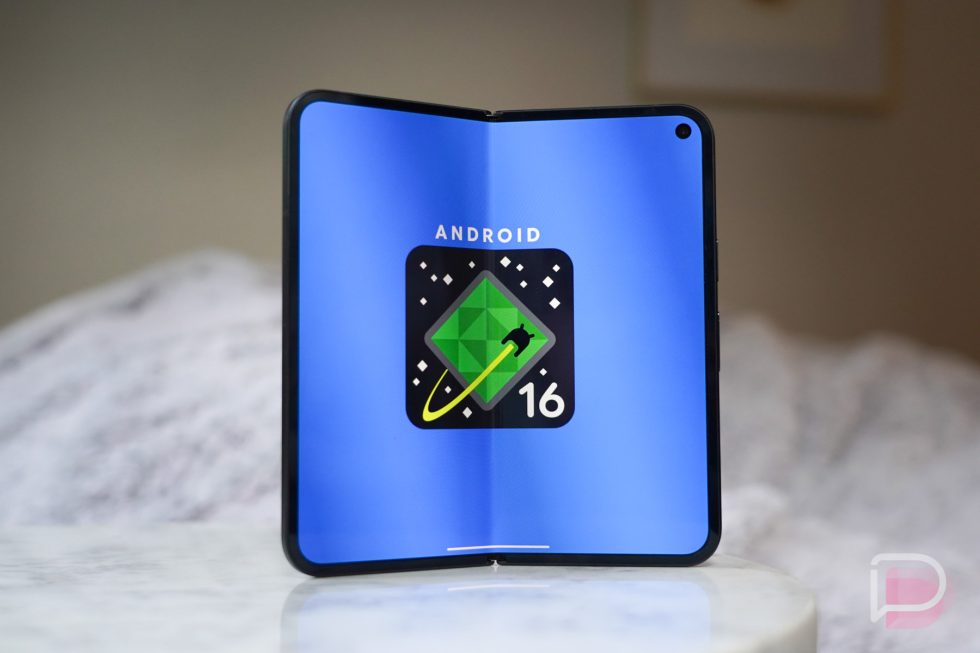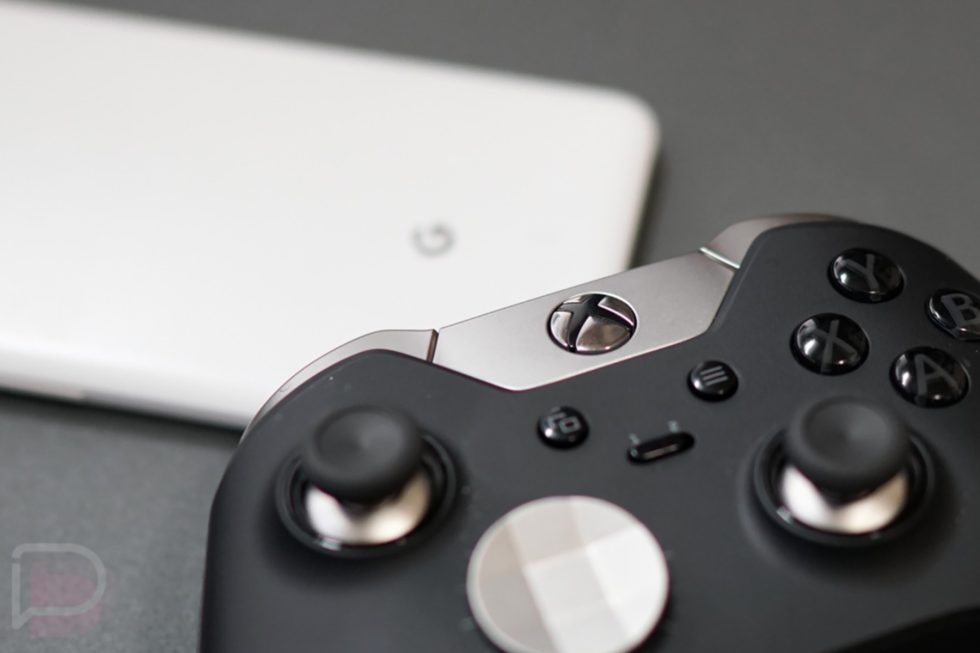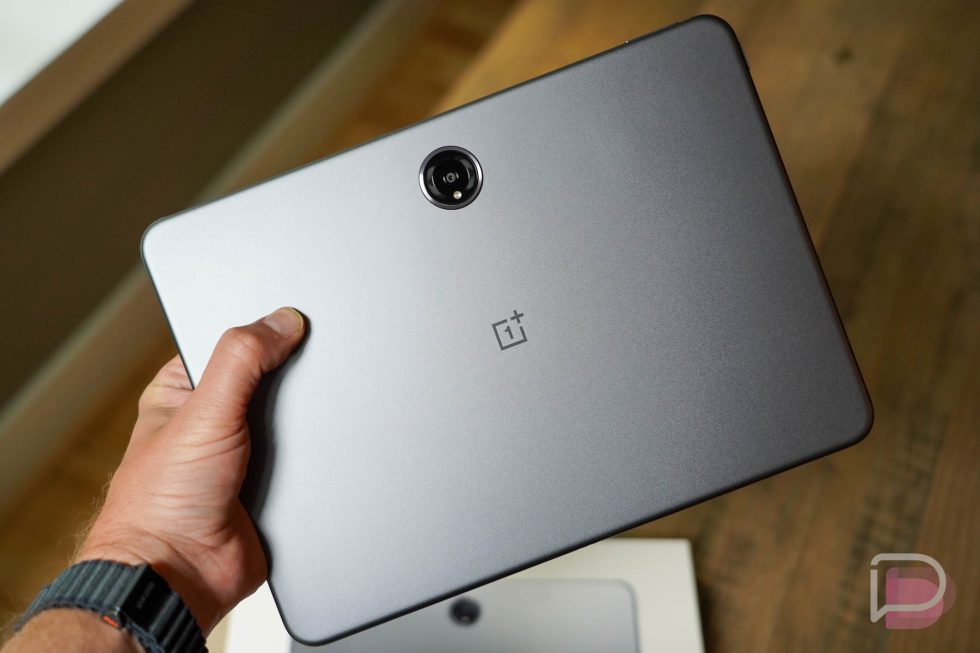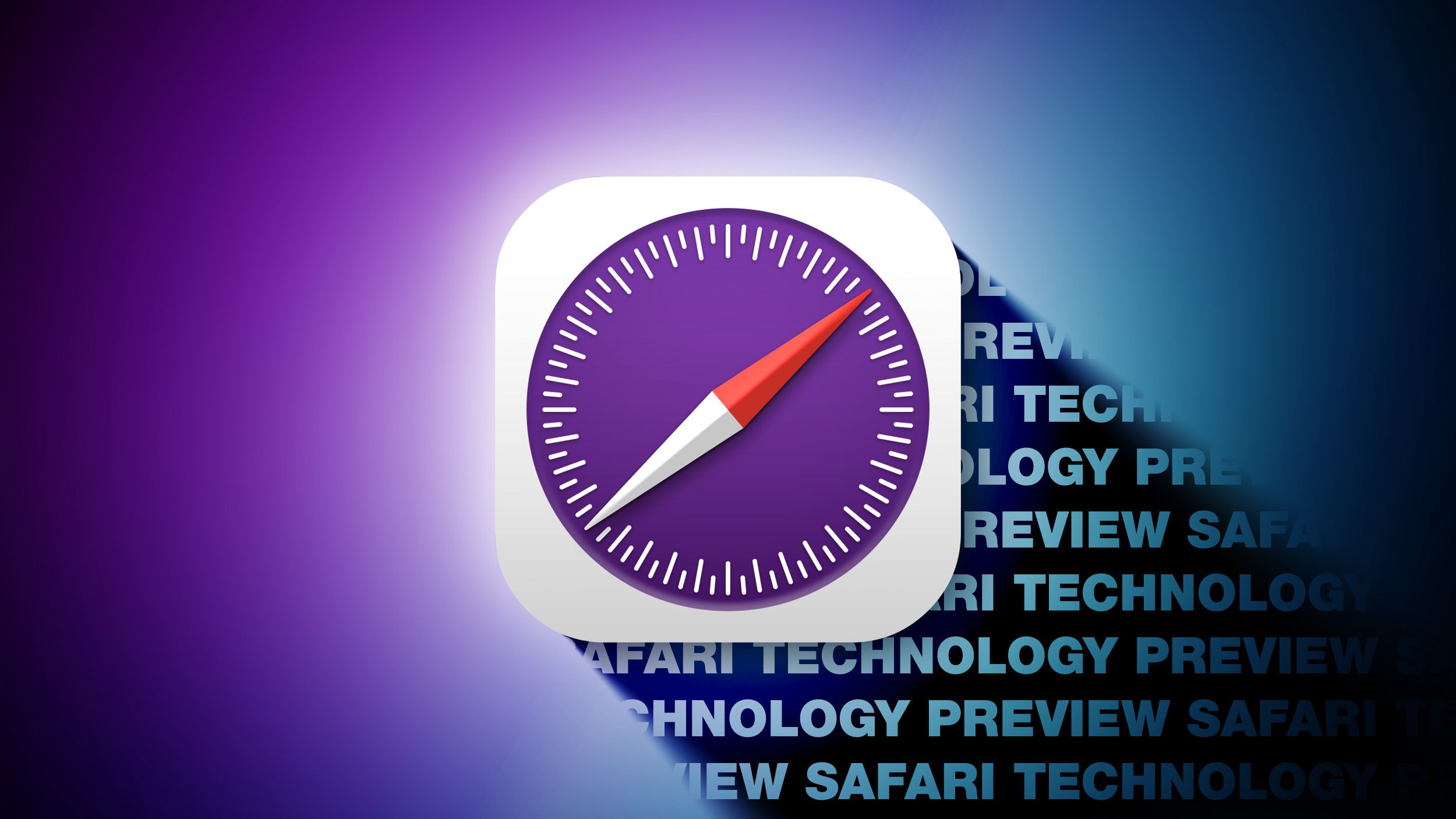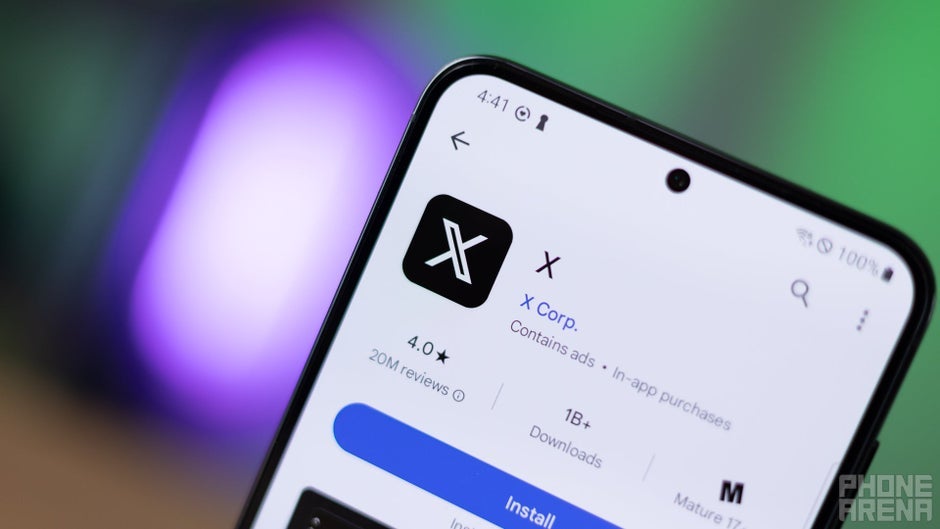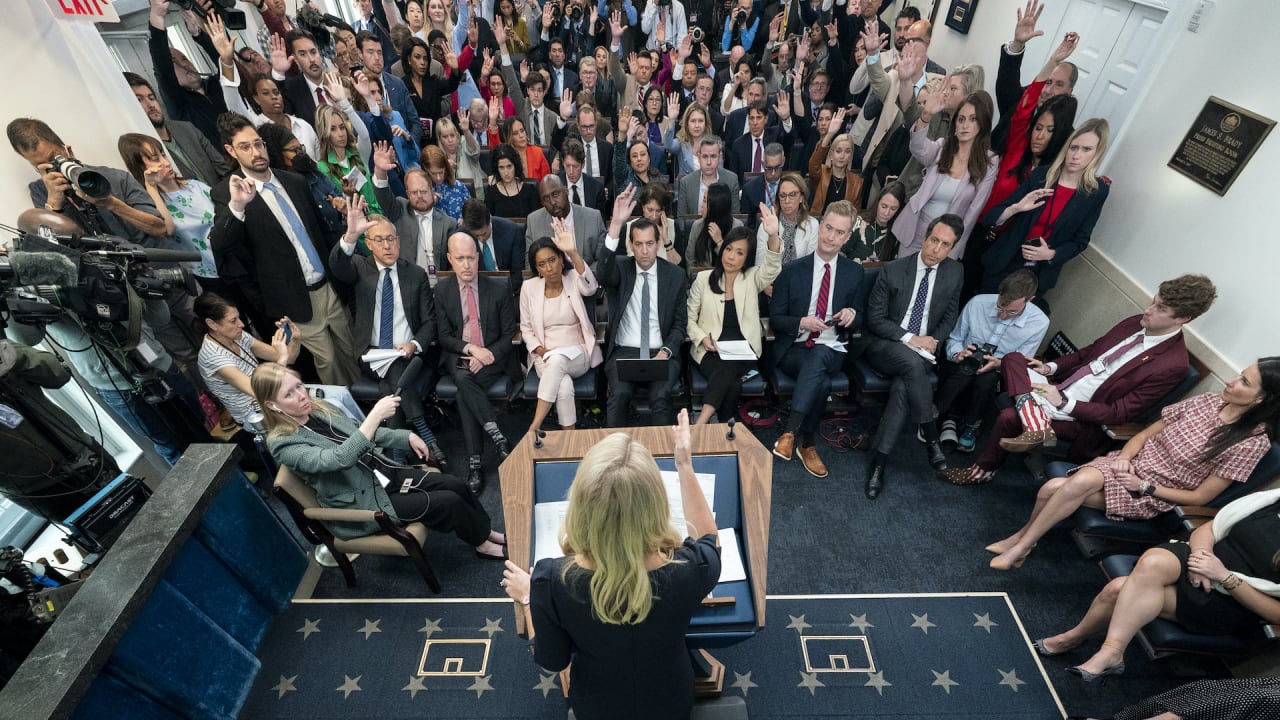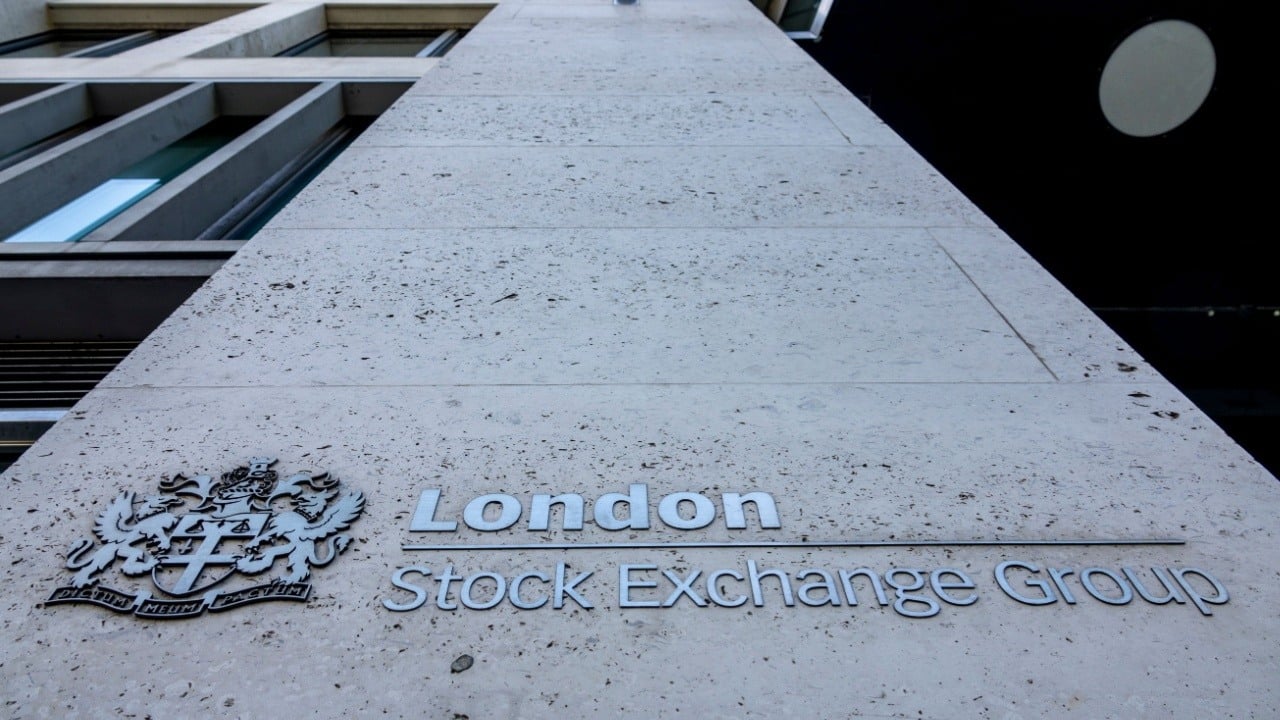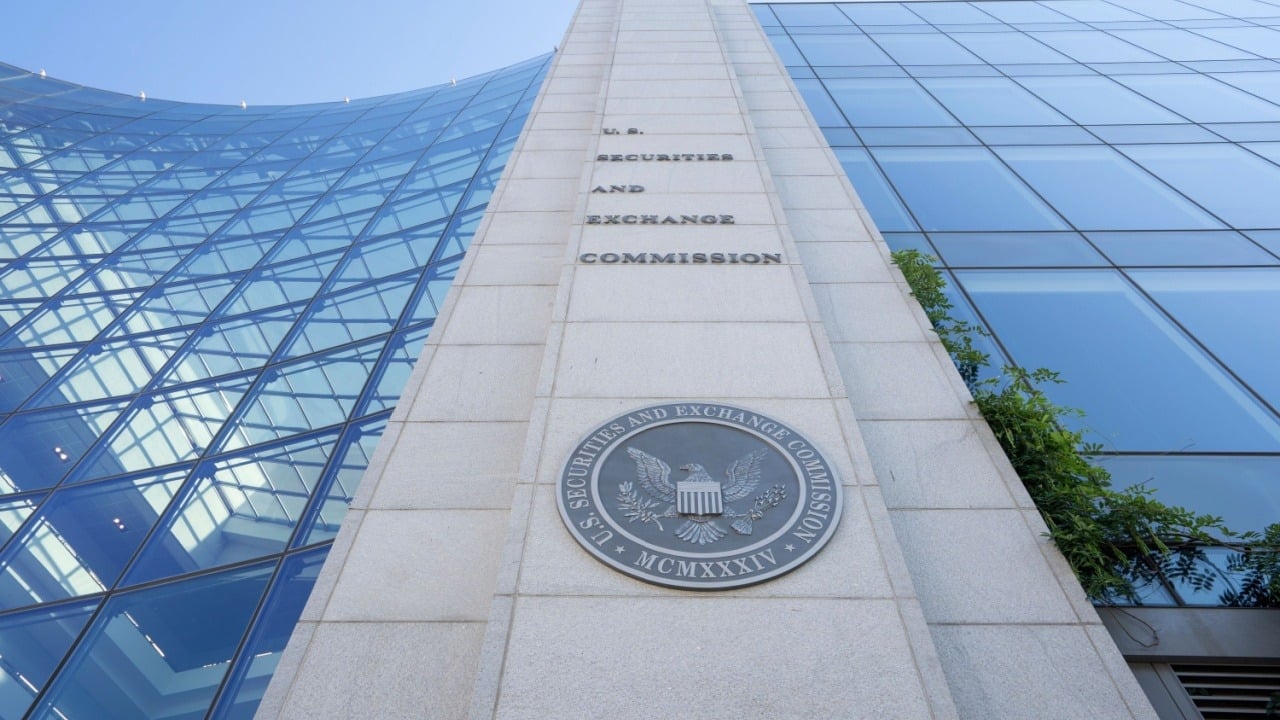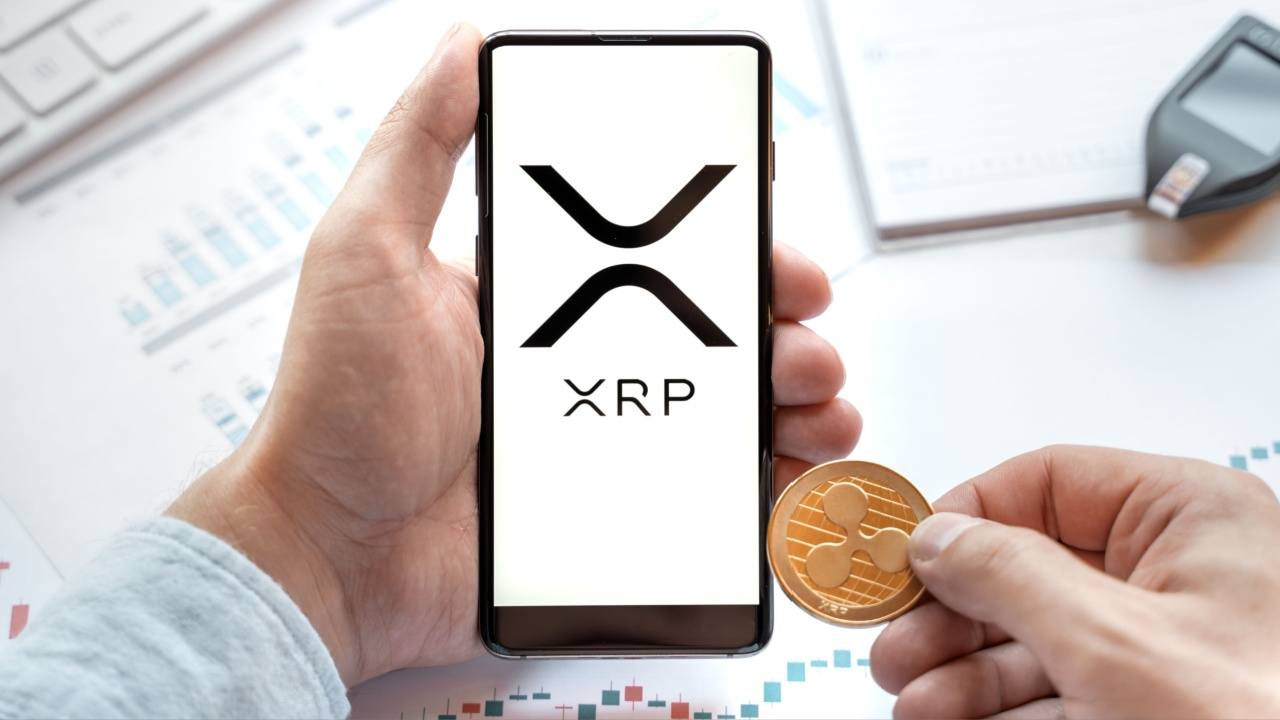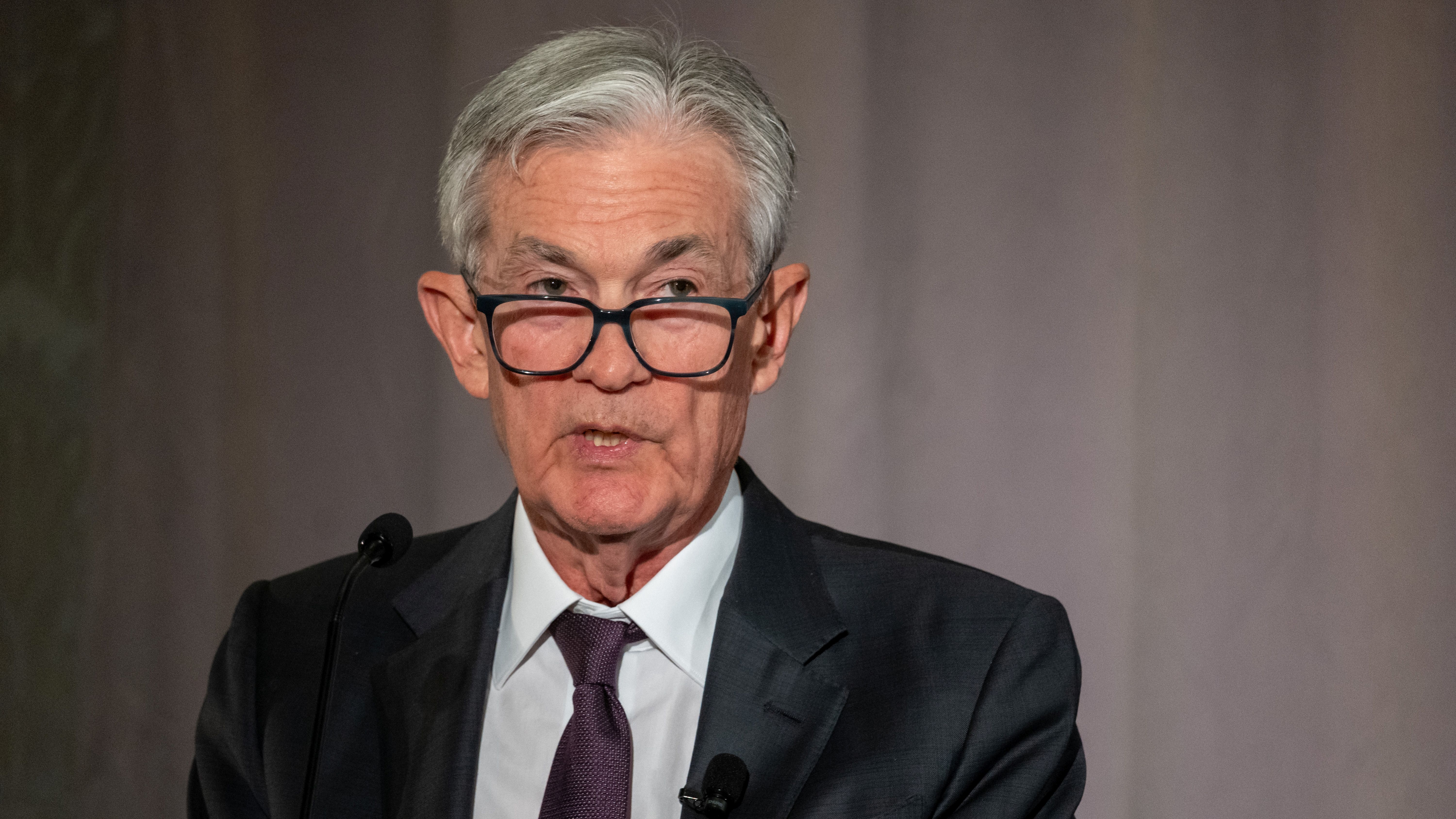By the numbers: Tariffs on laptops & PC hardware punish your wallet
Tariffs are taxes. When they’re applied, they raise the cost of goods, so right now, U.S. residents (and those near enough to be affected) must pay more on tech products and other affected items. But despite the flat numbers you may have seen in the news (i.e., a now 54 percent tariff on all imports from China, a 25 percent tariff on steel and aluminum imports, and the looming possibility of a 25 percent tariff on semiconductor imports), price increases may not end up so exact. Their full effect isn’t known yet either, like possible lower availability of products, which could further affect costs. I cover these details in PCWorld’s FAQ on the tech tariffs, as well as in a quicker rundown if you only have time for the highlights. Even knowing that seeing what a 54 percent bump looks like in real numbers makes it feel more real—so I sat down and made some tables to illustrate. (Honestly, doing this exercise was as much for me as for you all.) The results drive home a point mentioned to me more than once during my research: Tariffs are a regressive form of taxes, meaning the less money you make, the harder you’re hit. At the same time, how pinched you feel will vary depending on the purchase’s importance. Laptops Original MSRP10% tariff increase20% tariff increase54% tariff increaseLenovo Legion 5i$1,399$1,539$1,779$2,155Lenovo ThinkPad X1 Carbon Gen 13 Aura Edition$2,519$2,771$3,023$3,880Lenovo LOQ 15$799$879$959$1,231Asus Vivobook S 14$1,199$1,319$1,439$1,847Samsung Galaxy Book5 Pro 360$1,699$1,869$2,039$2,617Lenovo Chromebook Duet$399$439$479$615 I pulled the details for six laptops that PCWorld reviewed before the Chinese tariffs began in February, looking to represent the usual range of purchases. At $500, you’ll pay $170 more with a 54 percent tariff imposed; at $1,700, you’ll pay almost a thousand dollars ($918) more. For budget buyers, another $170 will make a material difference in affordability—and ultimately, user experience. In this price range, performance feels tangibly worse if you have to step down to a cheaper model. Meanwhile, laptops that cost $1,000 and up already begin with much more specs. Stepping down slashes luxury upgrades, rather than necessary ones. No matter what, though, you end up paying more for less. Graphics cards Original MSRP10% tariff increase20% tariff increase54% tariff increaseIntel Arc B580$250$275$300$386Nvidia GeForce RTX 5080$999$1,099$1,199$1,539Nvidia GeForce RTX 5090$1,999$2,199$2,399$3,079 Similar to laptops, the closer to entry-level you shop, the higher the real-world impact. A $50 increase on a $250 card already eats into any budget for extras—a card with better cooling, quieter acoustics, or a factory overclock. An increase of $136 could cause someone to skip the upgrade all together. Whether you shop at the low- or high-end, though, the tariffs will further disconnect the actual cost for graphics cards from their MSRP. Partner cards already went for another 20 to 30 percent above the reference cards produced by AMD, Intel, and Nvidia. Add in both the tariffs and demand (especially for newer cards with little stock available) and a reference card’s list price will likely have little resemblance to street pricing. Monitors Original MSRP10% tariff increase20% tariff increase54% tariff increaseBenQ PD2730S$1,200$1,320 $1,440$1,848Asus ZenScreen Smart Monitor MS27UC$400$440$480$616Viewsonic TD1656-2K monitor$350$385$420$539HP Omen Transcend 32$1,300$1,430$1,560$2,002Lenovo Legion R27fc-30$195$215$234$301 Would a difference of $40 make you choose a different budget gaming monitor? Maybe not, actually. Most people buy a monitor and hang on to it for far longer than their PC. In fact, if you’re a laptop user, a monitor may be a splurge or upgrade purchase—something to increase the comfort of your setup at home, rather than a necessity. Still, the tariffs could cause a delay in when your budget will be ready for purchase—especially if costs continue to rise. Peripherals and accessories Original MSRP10% tariff increase20% tariff increase54% tariff increaseWavlink Thunderbolt 4 Dock$200$220$240$308Nuphy Air60 HE keyboard$140$154$168$216Turtle Beach Kone II mouse$70$77$84$108Lemokey X0 keypad$33$36$40$51 Like monitors, you won’t buy a mouse, keyboard, or dock until you must (or you decide you want the upgrade). And because peripherals and accessories are largely more affordable, you may just bite the bullet and take the hit of a 54 percent increase if the price is low enough, as the Lemokey X0 keypad illustrates. But the cost jump isn’t invisible. Sure, the Lemokey is already one of the most affordable gaming keypads available, so it still feels potentially tolerable at $51. But an extra $38 for a gaming mouse isn’t nothing. You can buy yourself a game with that money.

Tariffs are taxes. When they’re applied, they raise the cost of goods, so right now, U.S. residents (and those near enough to be affected) must pay more on tech products and other affected items.
But despite the flat numbers you may have seen in the news (i.e., a now 54 percent tariff on all imports from China, a 25 percent tariff on steel and aluminum imports, and the looming possibility of a 25 percent tariff on semiconductor imports), price increases may not end up so exact. Their full effect isn’t known yet either, like possible lower availability of products, which could further affect costs. I cover these details in PCWorld’s FAQ on the tech tariffs, as well as in a quicker rundown if you only have time for the highlights.
Even knowing that seeing what a 54 percent bump looks like in real numbers makes it feel more real—so I sat down and made some tables to illustrate. (Honestly, doing this exercise was as much for me as for you all.) The results drive home a point mentioned to me more than once during my research: Tariffs are a regressive form of taxes, meaning the less money you make, the harder you’re hit. At the same time, how pinched you feel will vary depending on the purchase’s importance.
Laptops
| Original MSRP | 10% tariff increase | 20% tariff increase | 54% tariff increase | |
| Lenovo Legion 5i | $1,399 | $1,539 | $1,779 | $2,155 |
| Lenovo ThinkPad X1 Carbon Gen 13 Aura Edition | $2,519 | $2,771 | $3,023 | $3,880 |
| Lenovo LOQ 15 | $799 | $879 | $959 | $1,231 |
| Asus Vivobook S 14 | $1,199 | $1,319 | $1,439 | $1,847 |
| Samsung Galaxy Book5 Pro 360 | $1,699 | $1,869 | $2,039 | $2,617 |
| Lenovo Chromebook Duet | $399 | $439 | $479 | $615 |
I pulled the details for six laptops that PCWorld reviewed before the Chinese tariffs began in February, looking to represent the usual range of purchases. At $500, you’ll pay $170 more with a 54 percent tariff imposed; at $1,700, you’ll pay almost a thousand dollars ($918) more.
For budget buyers, another $170 will make a material difference in affordability—and ultimately, user experience. In this price range, performance feels tangibly worse if you have to step down to a cheaper model. Meanwhile, laptops that cost $1,000 and up already begin with much more specs. Stepping down slashes luxury upgrades, rather than necessary ones.
No matter what, though, you end up paying more for less.
Graphics cards
| Original MSRP | 10% tariff increase | 20% tariff increase | 54% tariff increase | |
| Intel Arc B580 | $250 | $275 | $300 | $386 |
| Nvidia GeForce RTX 5080 | $999 | $1,099 | $1,199 | $1,539 |
| Nvidia GeForce RTX 5090 | $1,999 | $2,199 | $2,399 | $3,079 |
Similar to laptops, the closer to entry-level you shop, the higher the real-world impact. A $50 increase on a $250 card already eats into any budget for extras—a card with better cooling, quieter acoustics, or a factory overclock. An increase of $136 could cause someone to skip the upgrade all together.
Whether you shop at the low- or high-end, though, the tariffs will further disconnect the actual cost for graphics cards from their MSRP. Partner cards already went for another 20 to 30 percent above the reference cards produced by AMD, Intel, and Nvidia. Add in both the tariffs and demand (especially for newer cards with little stock available) and a reference card’s list price will likely have little resemblance to street pricing.
Monitors
| Original MSRP | 10% tariff increase | 20% tariff increase | 54% tariff increase | |
| BenQ PD2730S | $1,200 | $1,320 | $1,440 | $1,848 |
| Asus ZenScreen Smart Monitor MS27UC | $400 | $440 | $480 | $616 |
| Viewsonic TD1656-2K monitor | $350 | $385 | $420 | $539 |
| HP Omen Transcend 32 | $1,300 | $1,430 | $1,560 | $2,002 |
| Lenovo Legion R27fc-30 | $195 | $215 | $234 | $301 |
Would a difference of $40 make you choose a different budget gaming monitor? Maybe not, actually. Most people buy a monitor and hang on to it for far longer than their PC. In fact, if you’re a laptop user, a monitor may be a splurge or upgrade purchase—something to increase the comfort of your setup at home, rather than a necessity.
Still, the tariffs could cause a delay in when your budget will be ready for purchase—especially if costs continue to rise.
Peripherals and accessories
| Original MSRP | 10% tariff increase | 20% tariff increase | 54% tariff increase | |
| Wavlink Thunderbolt 4 Dock | $200 | $220 | $240 | $308 |
| Nuphy Air60 HE keyboard | $140 | $154 | $168 | $216 |
| Turtle Beach Kone II mouse | $70 | $77 | $84 | $108 |
| Lemokey X0 keypad | $33 | $36 | $40 | $51 |
Like monitors, you won’t buy a mouse, keyboard, or dock until you must (or you decide you want the upgrade). And because peripherals and accessories are largely more affordable, you may just bite the bullet and take the hit of a 54 percent increase if the price is low enough, as the Lemokey X0 keypad illustrates.
But the cost jump isn’t invisible. Sure, the Lemokey is already one of the most affordable gaming keypads available, so it still feels potentially tolerable at $51. But an extra $38 for a gaming mouse isn’t nothing. You can buy yourself a game with that money.






















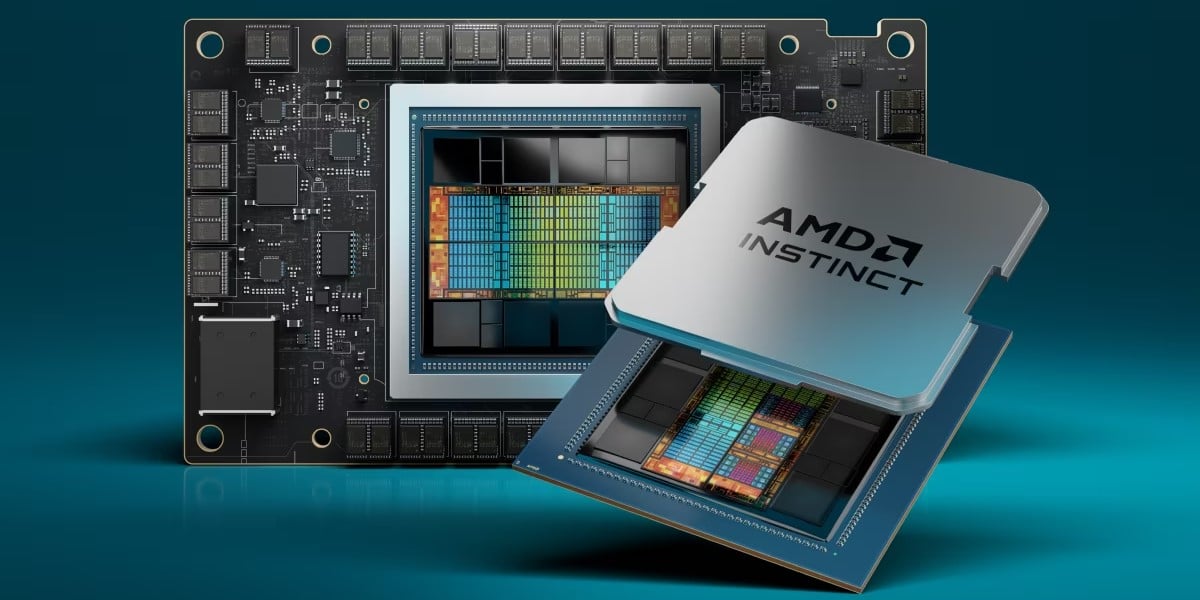

















































































































































![[The AI Show Episode 144]: ChatGPT’s New Memory, Shopify CEO’s Leaked “AI First” Memo, Google Cloud Next Releases, o3 and o4-mini Coming Soon & Llama 4’s Rocky Launch](https://www.marketingaiinstitute.com/hubfs/ep%20144%20cover.png)
















































































































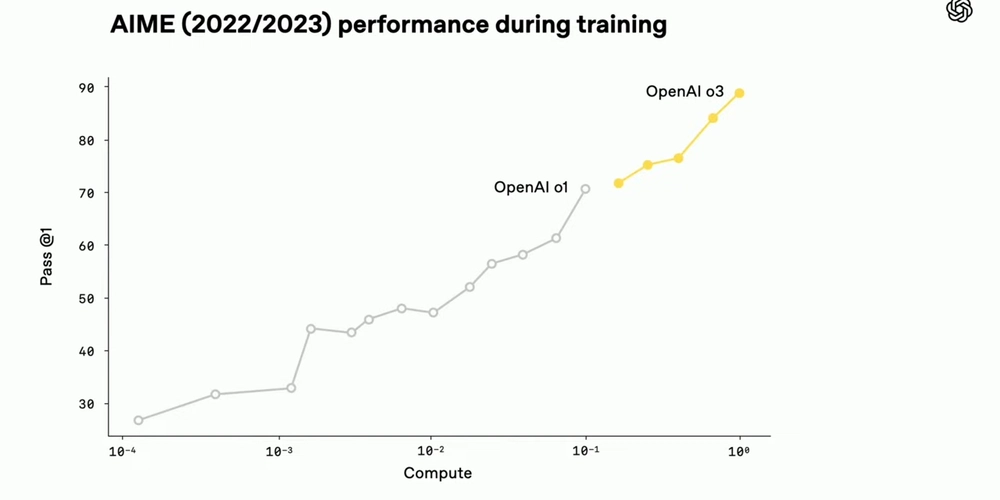
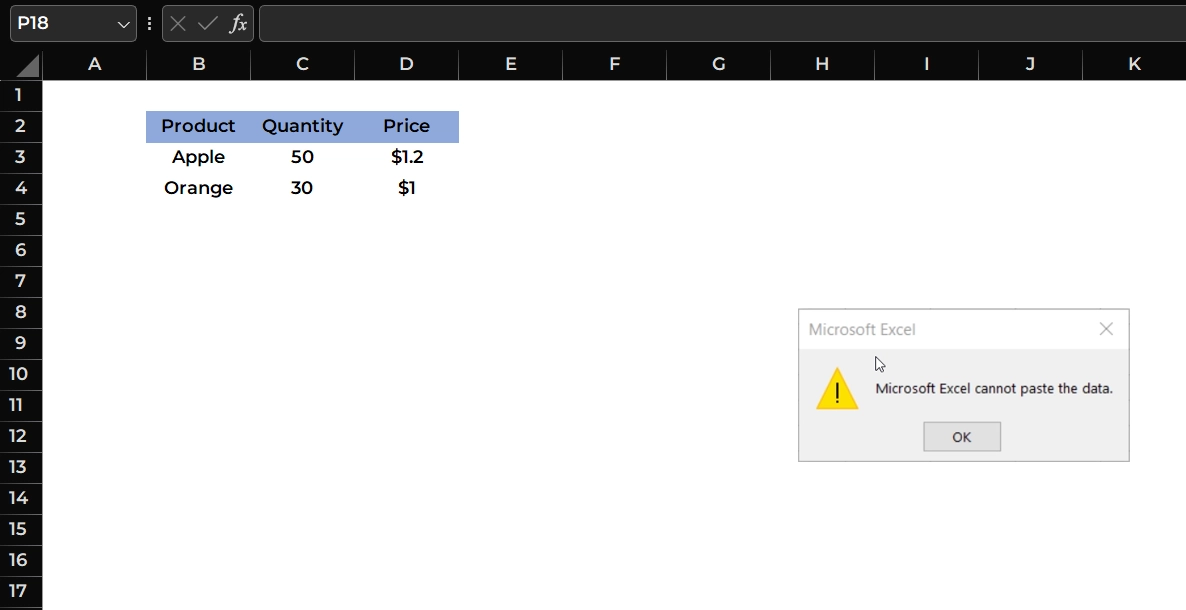


















































































![GrandChase tier list of the best characters available [April 2025]](https://media.pocketgamer.com/artwork/na-33057-1637756796/grandchase-ios-android-3rd-anniversary.jpg?#)


















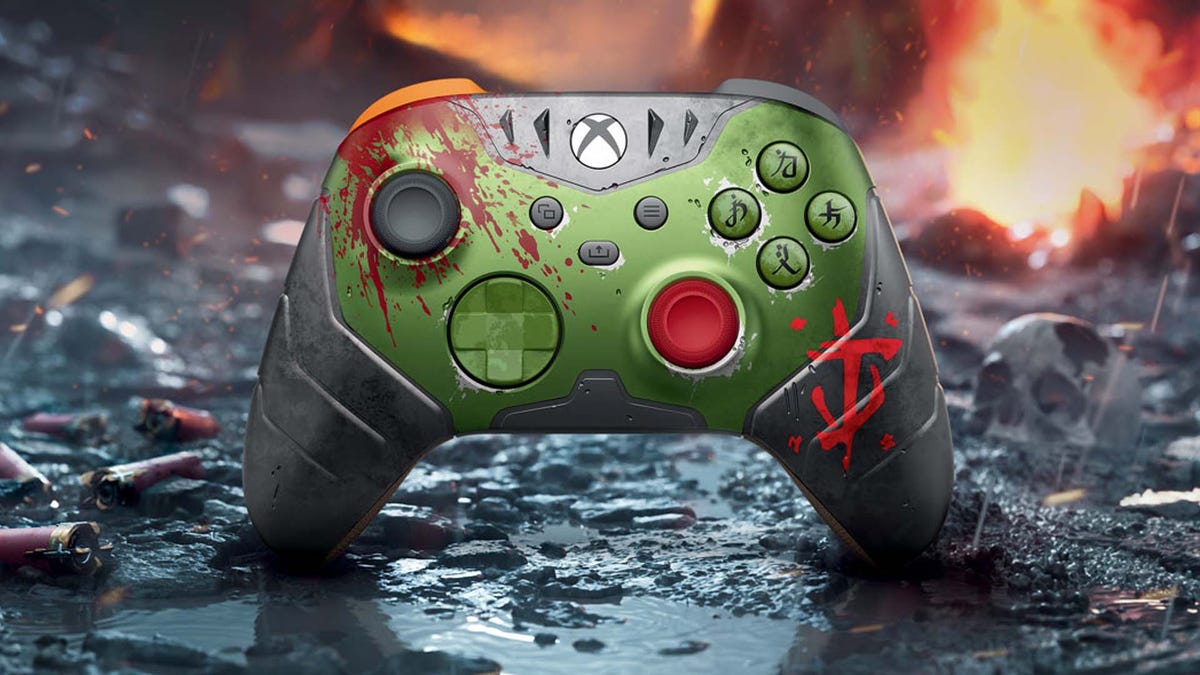





















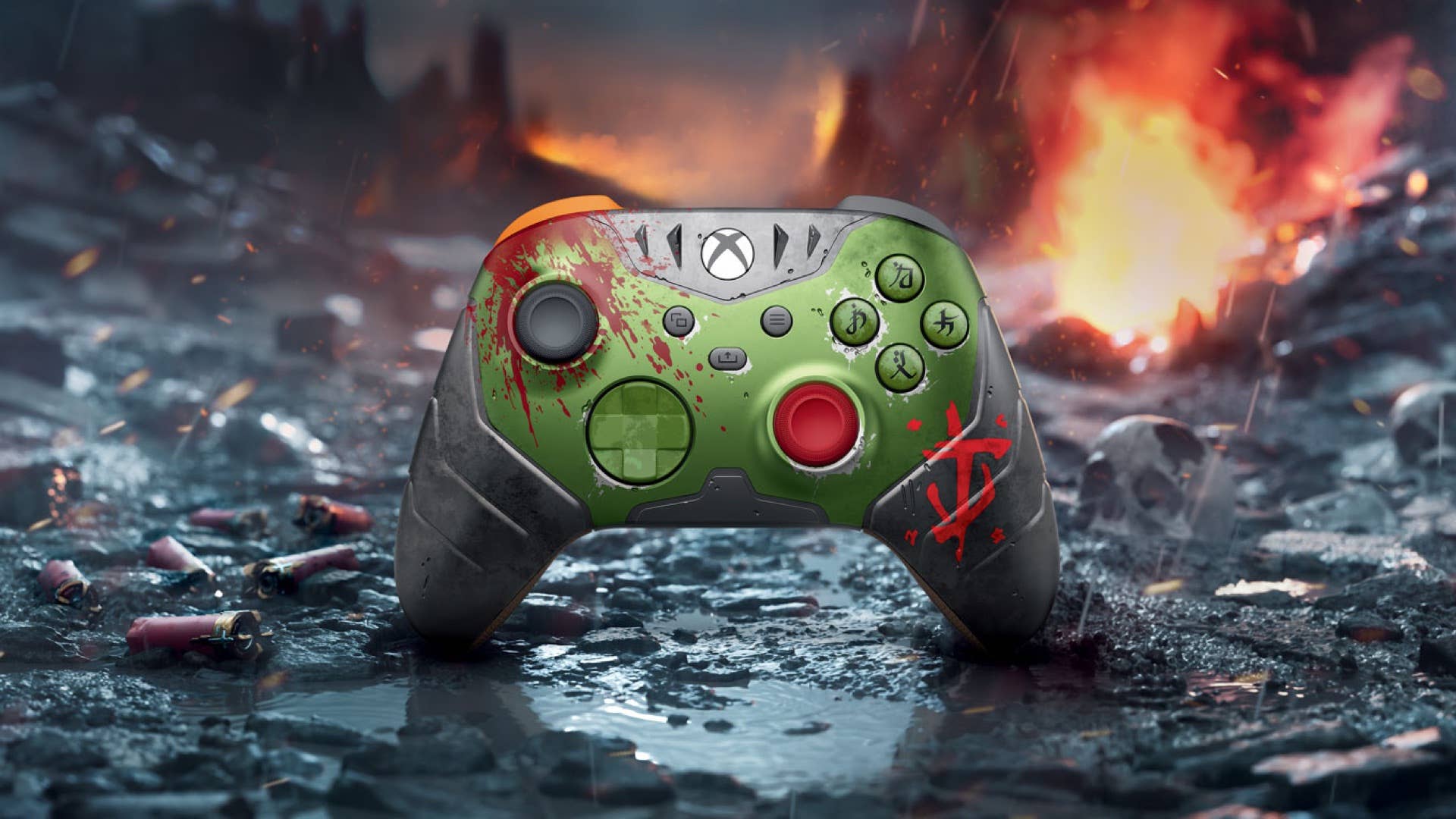

.png?width=1920&height=1920&fit=bounds&quality=70&format=jpg&auto=webp#)








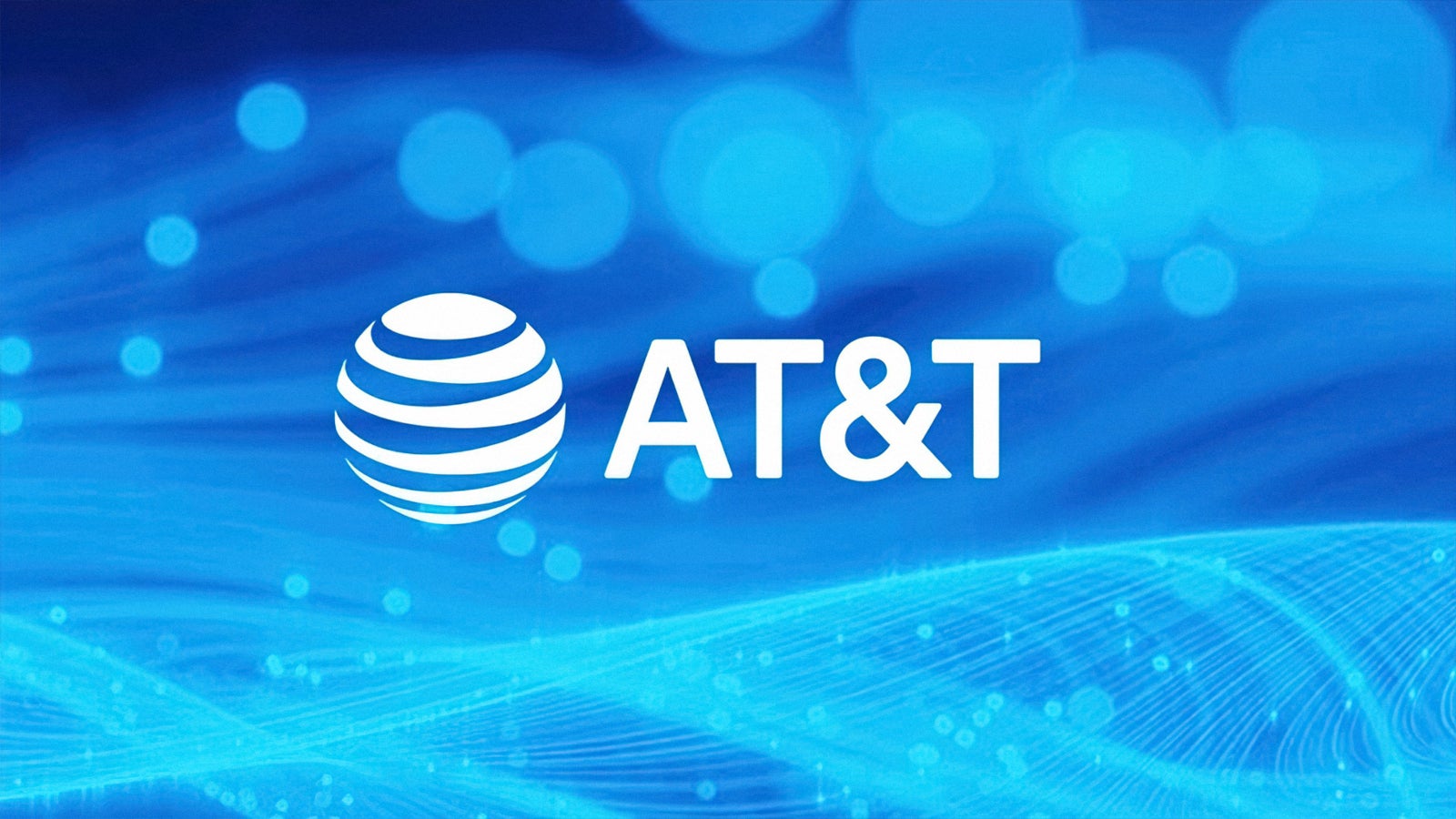












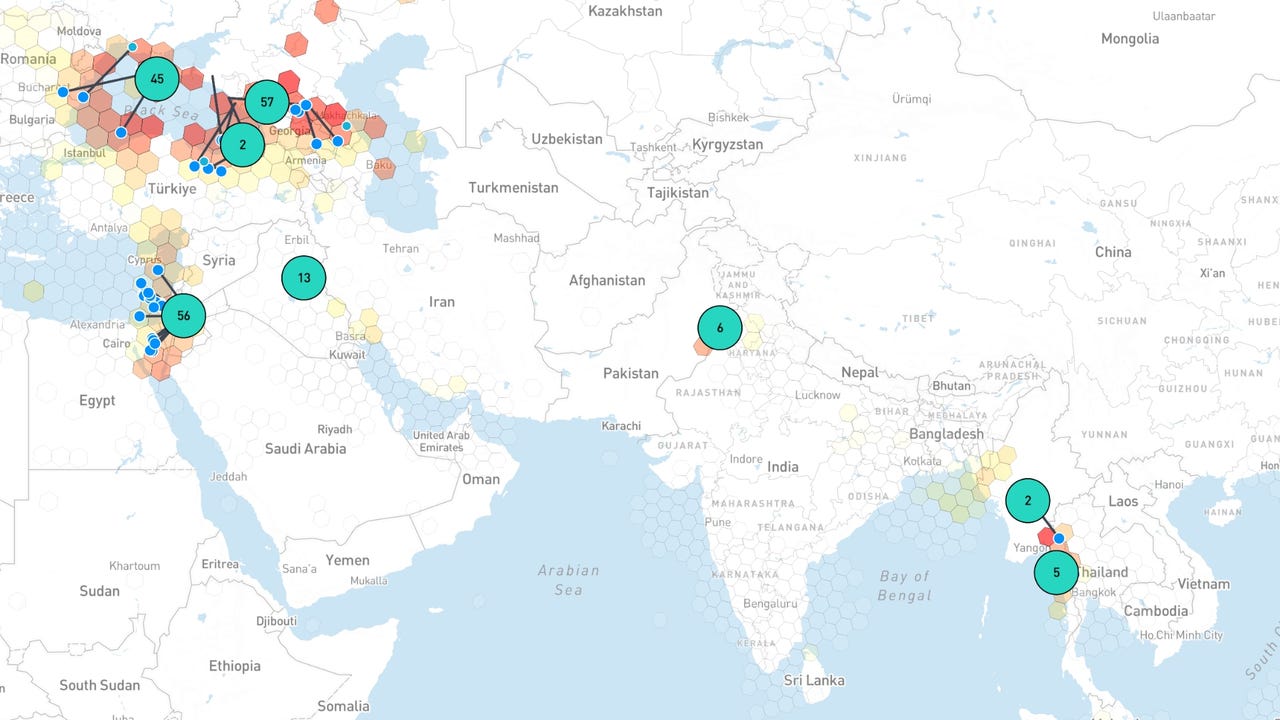





































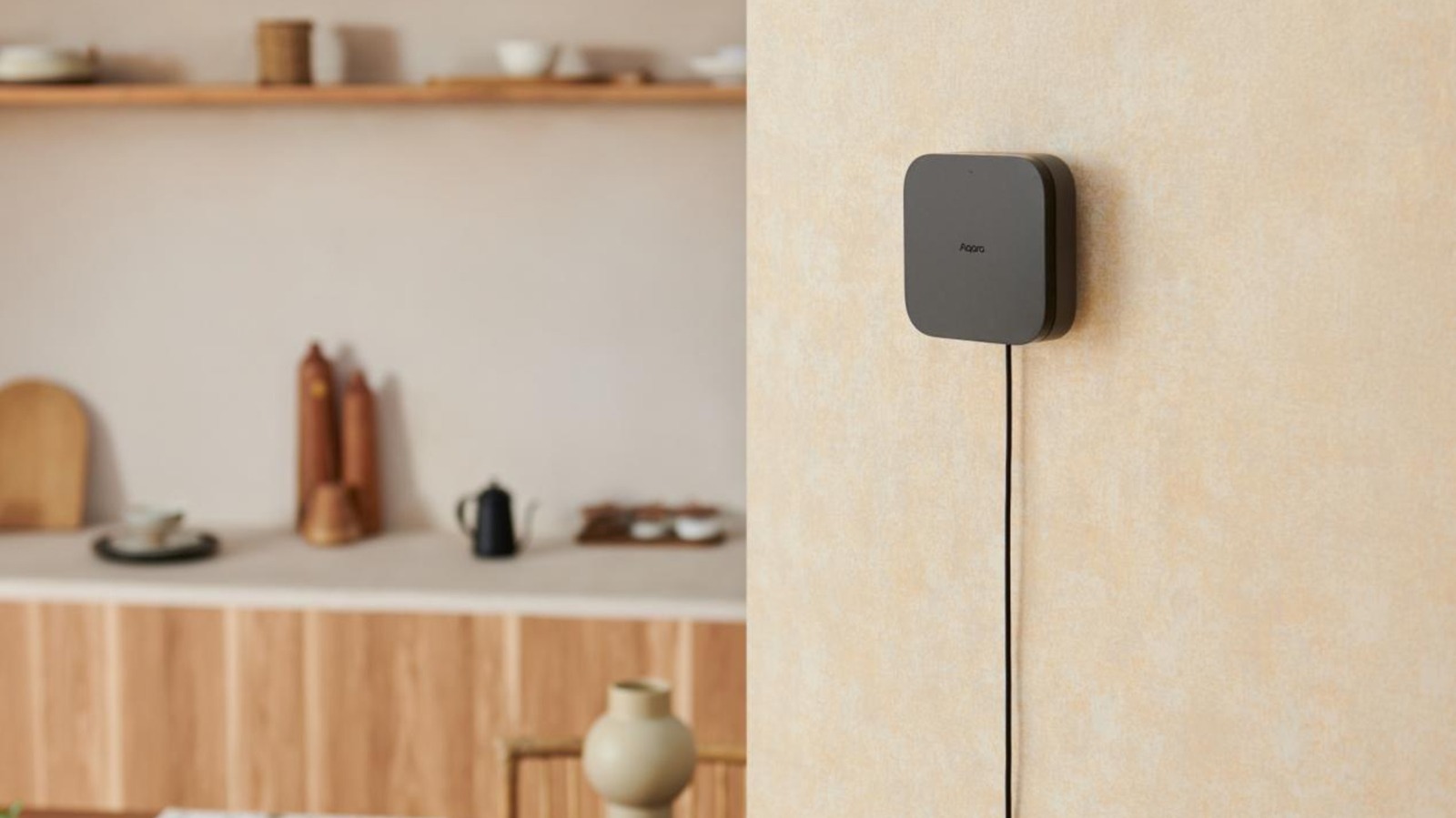














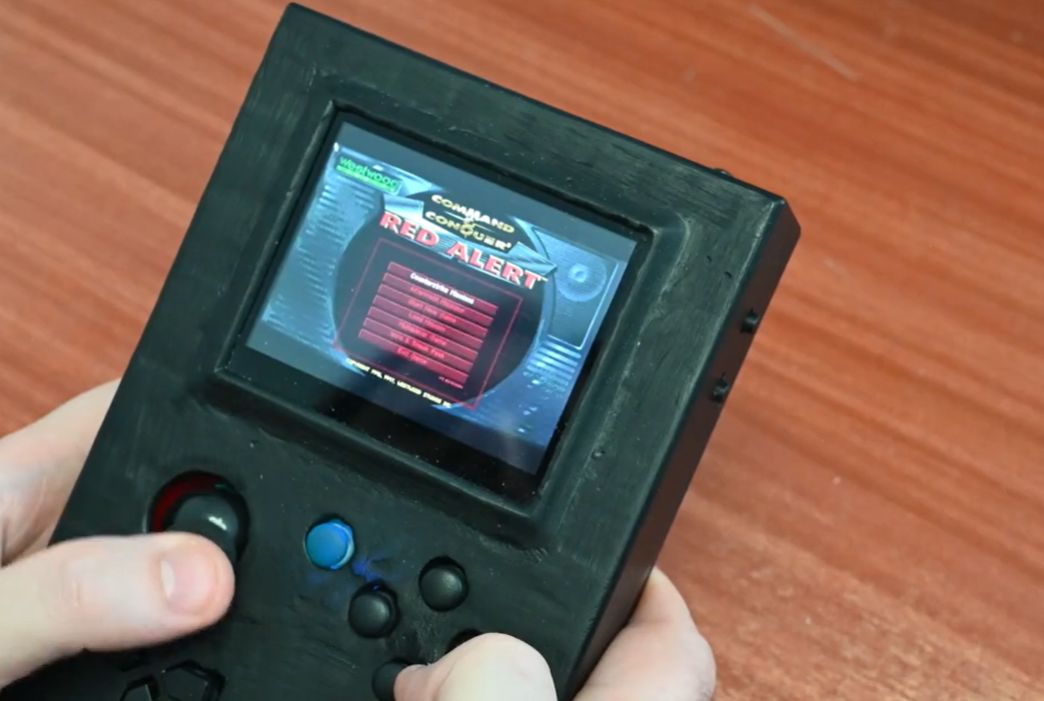




















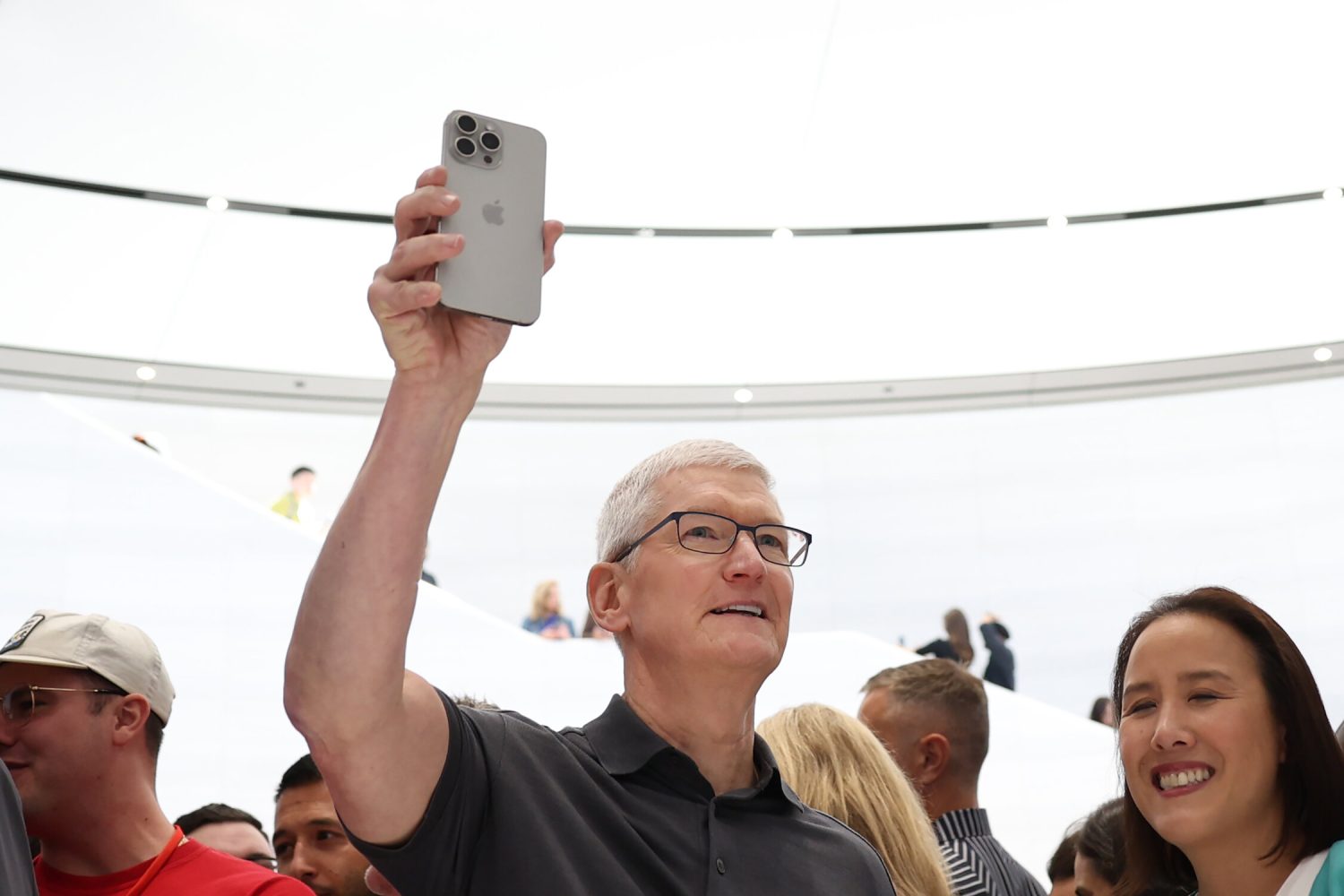




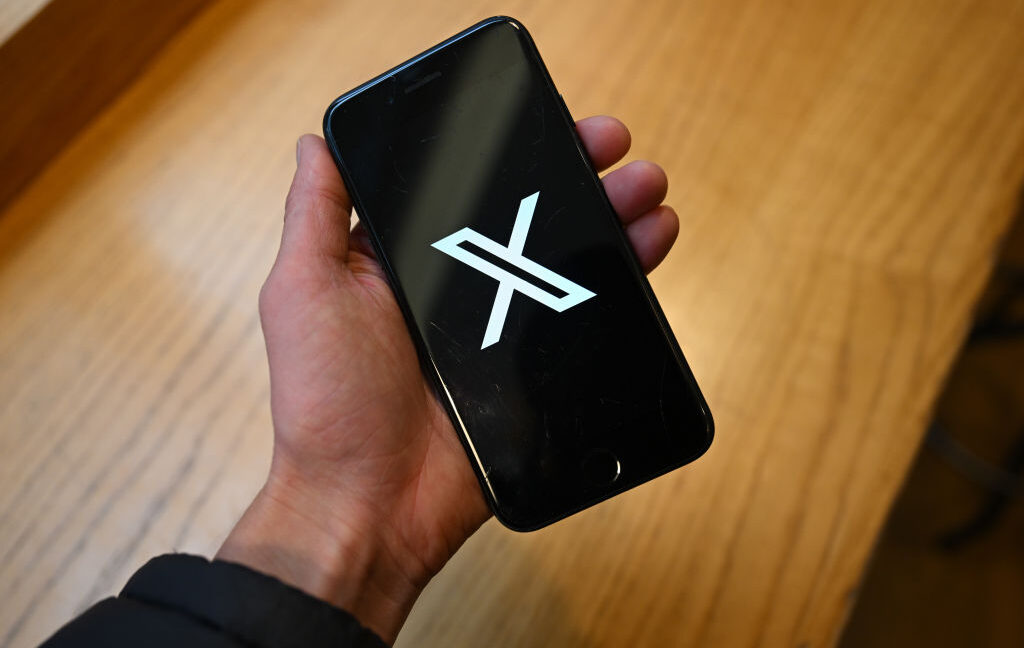


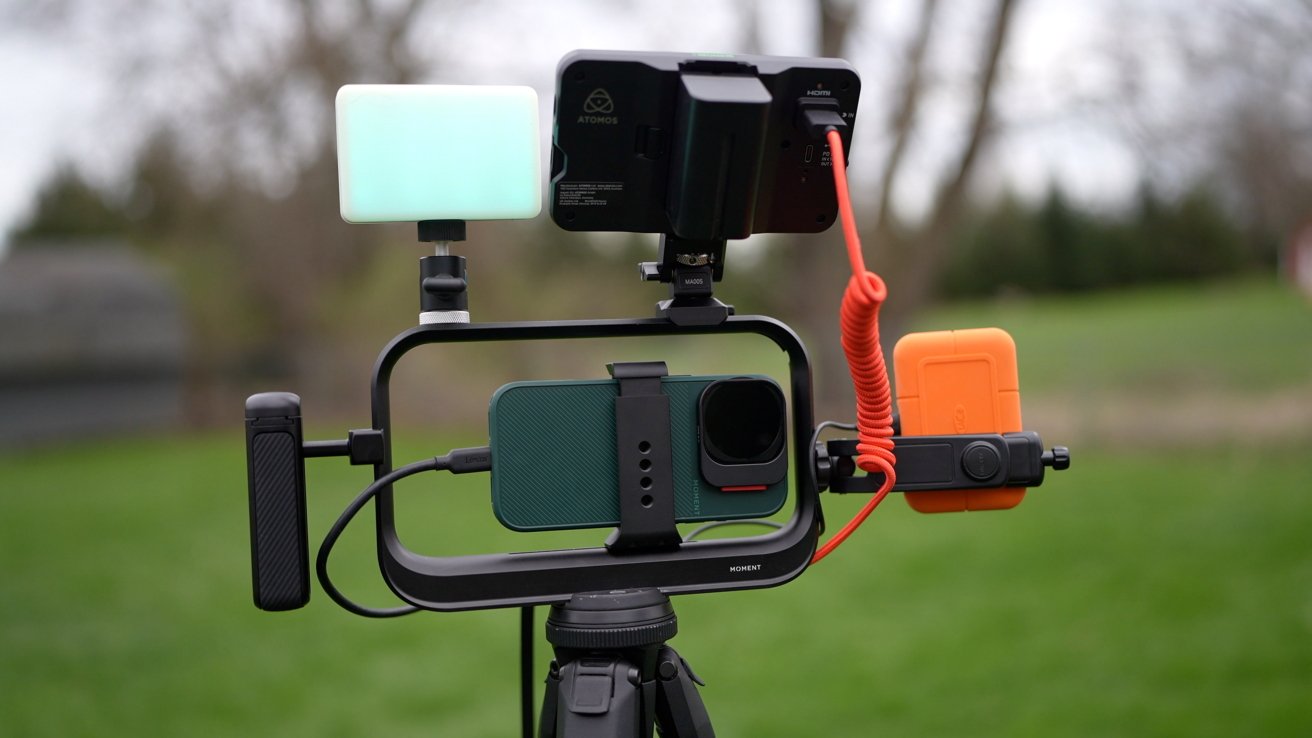
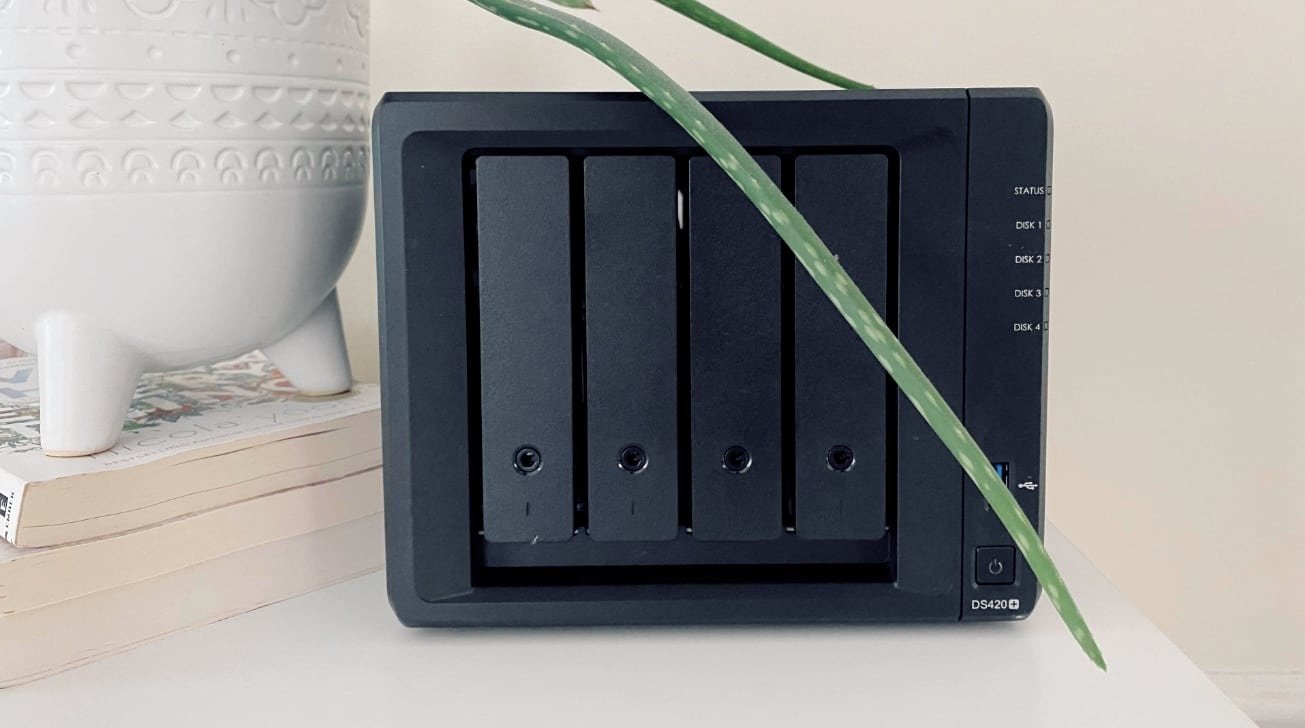
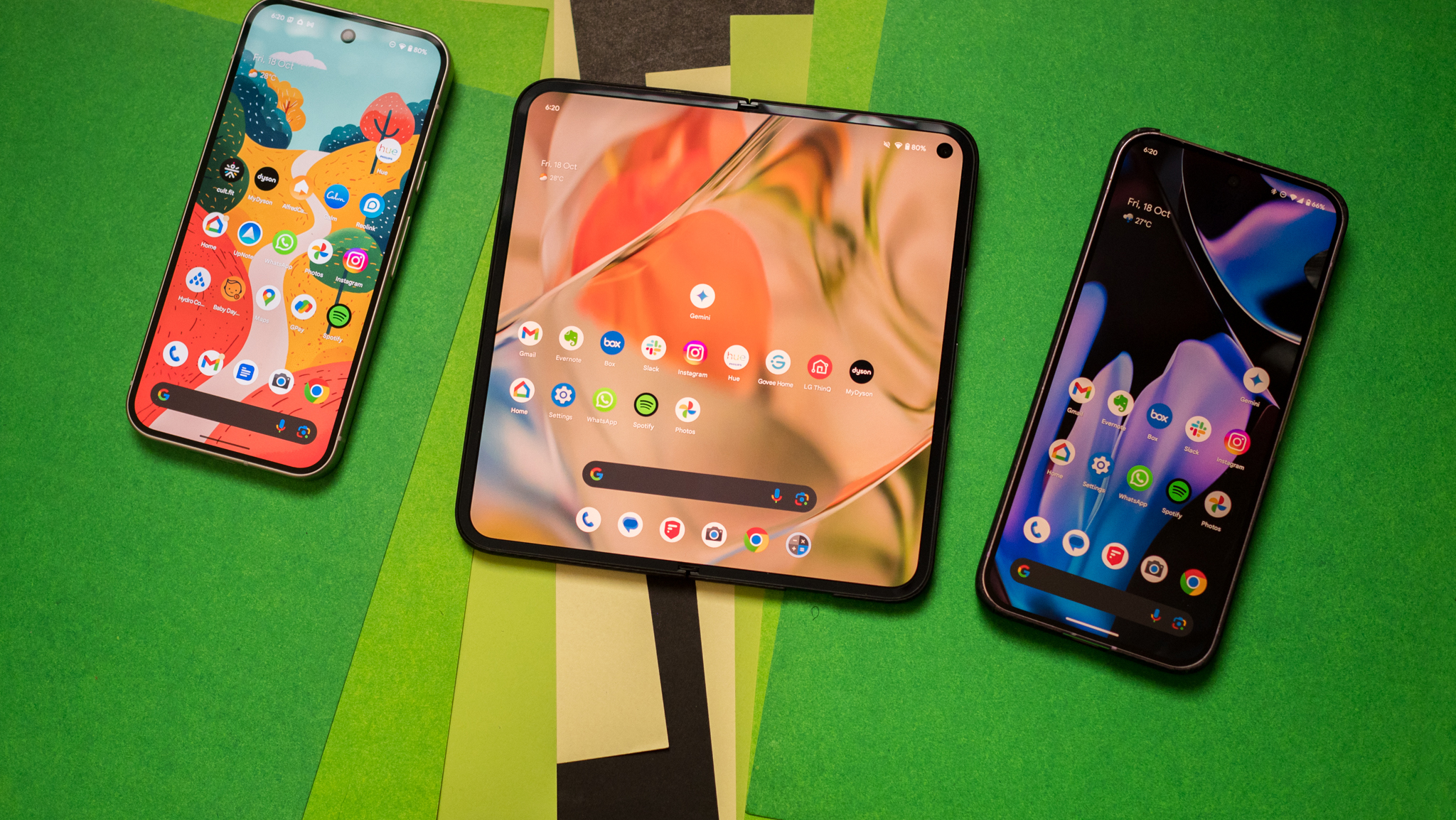

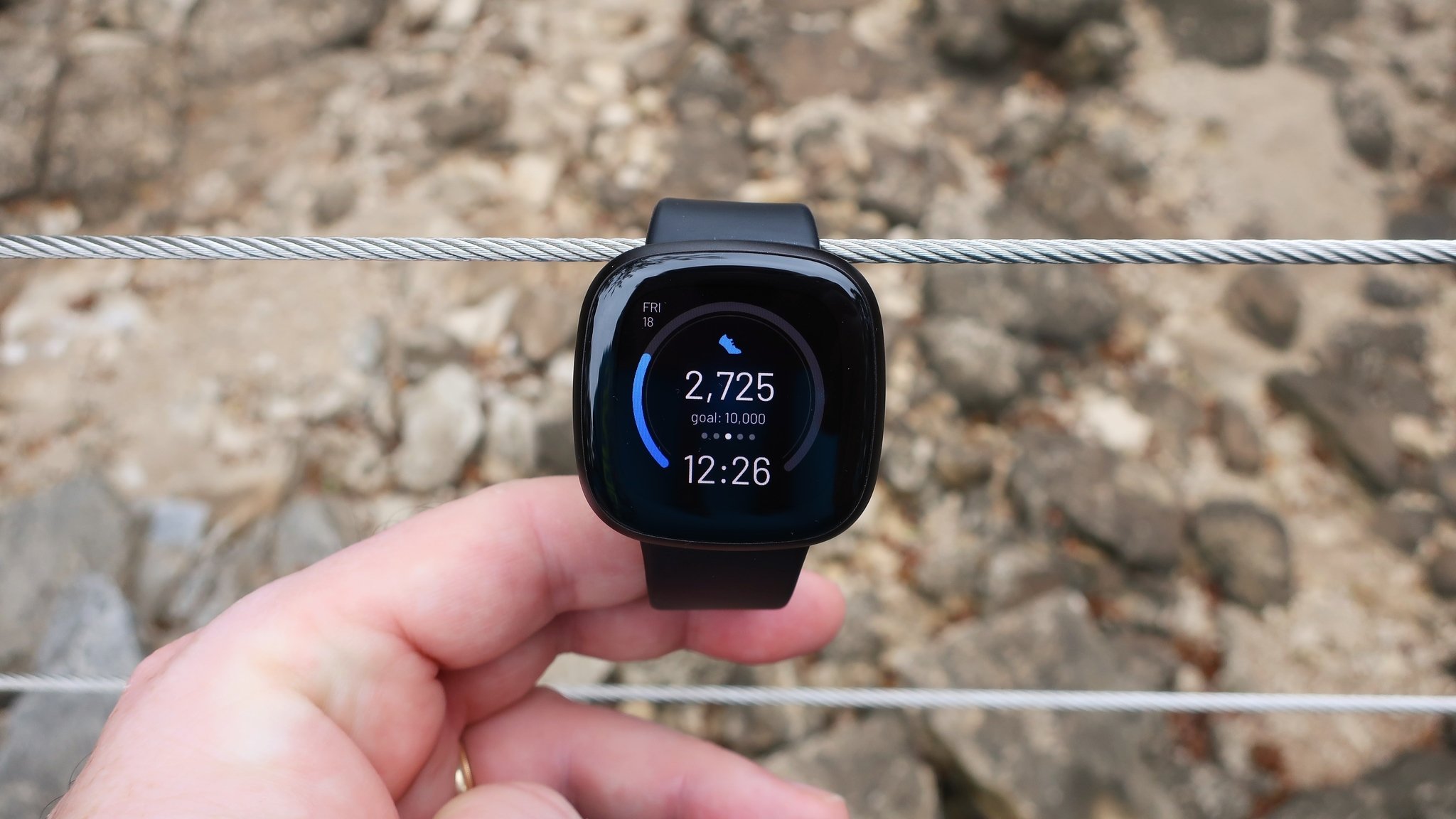


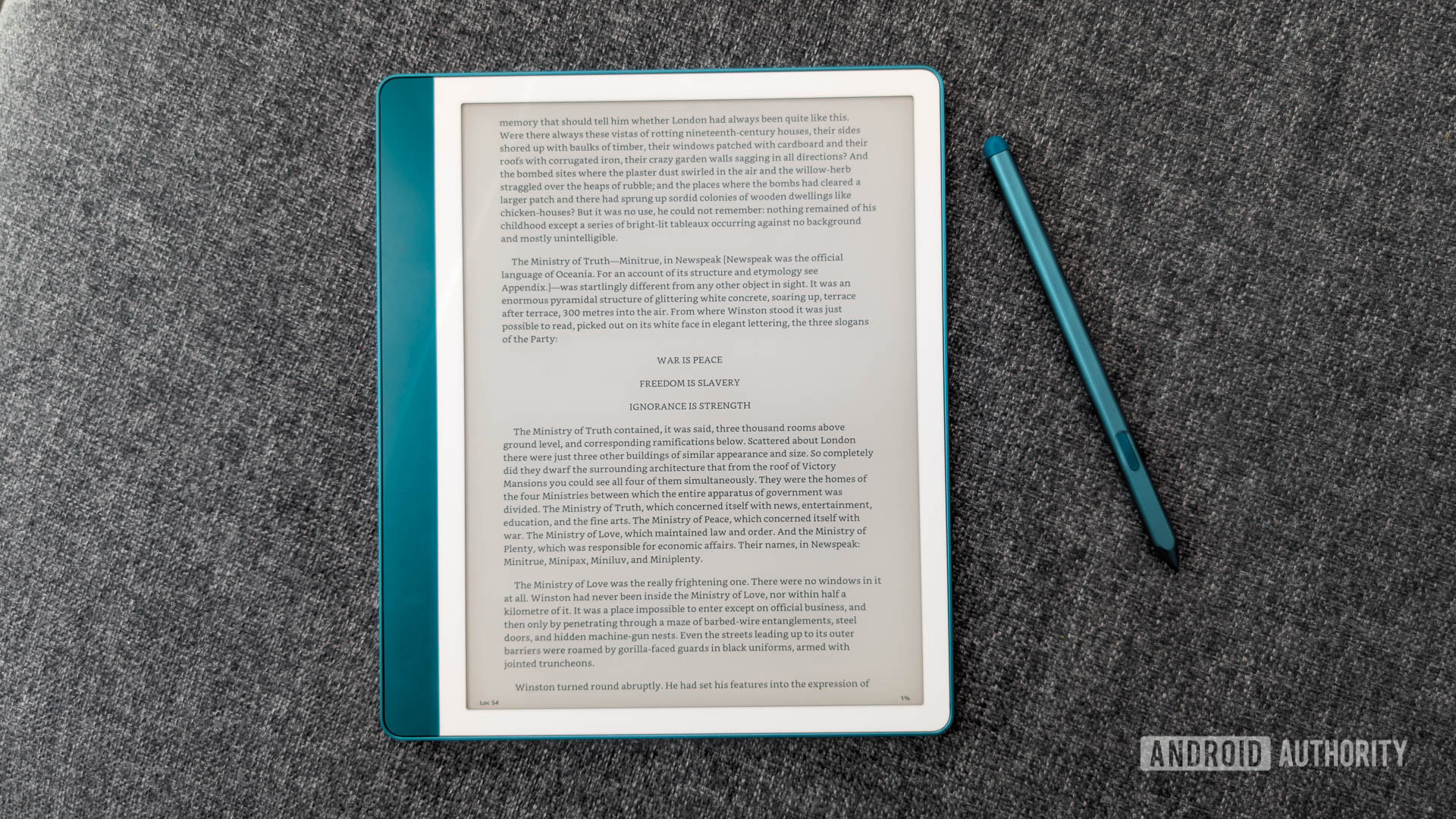

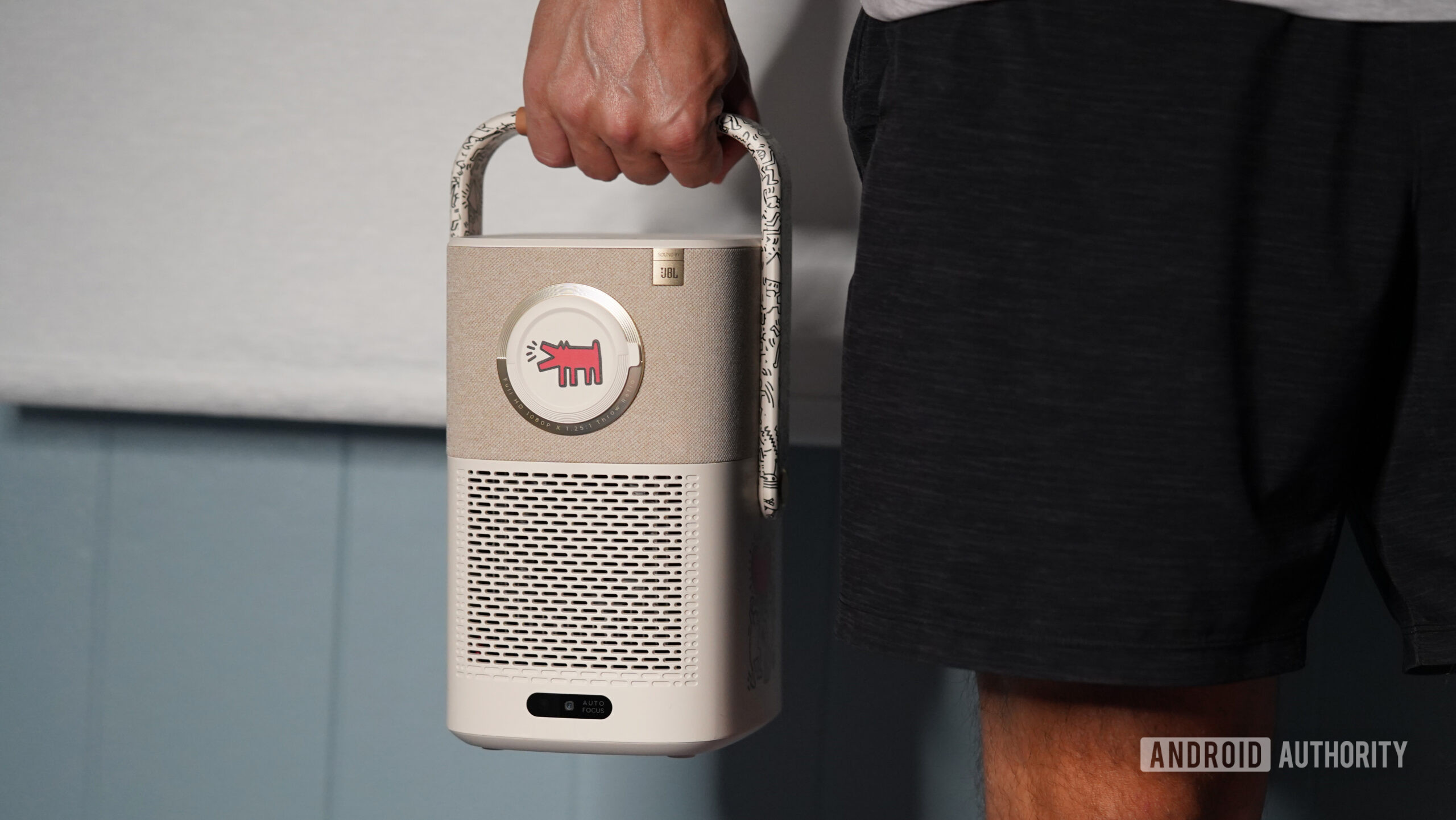












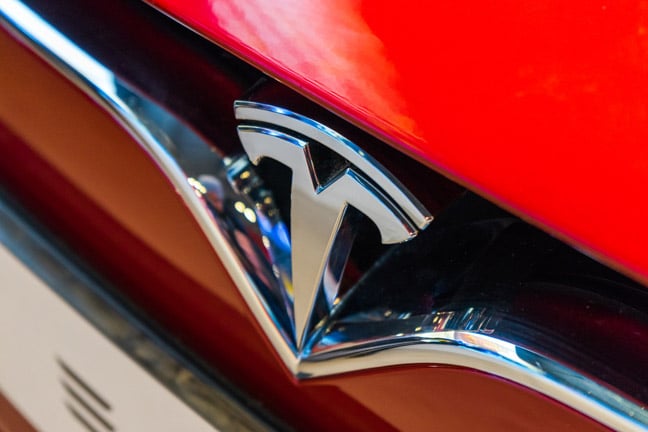



![Apple M4 13-inch iPad Pro On Sale for $200 Off [Deal]](https://www.iclarified.com/images/news/97056/97056/97056-640.jpg)
![Apple Shares New 'Mac Does That' Ads for MacBook Pro [Video]](https://www.iclarified.com/images/news/97055/97055/97055-640.jpg)

















